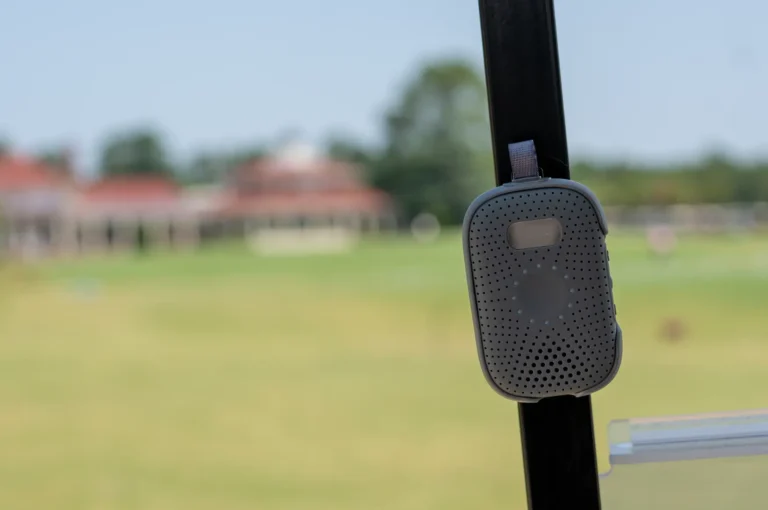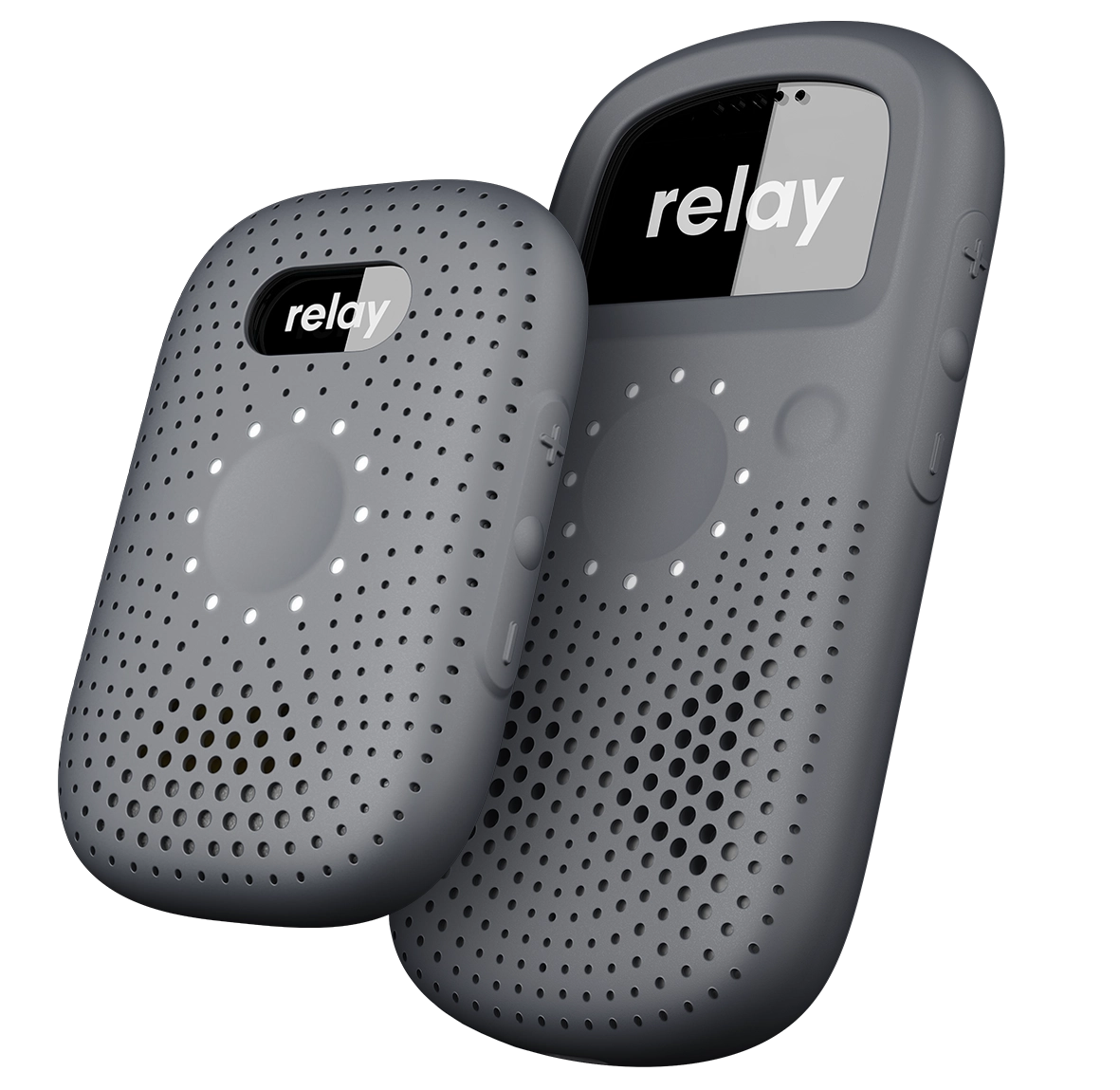Relay’s indoor location tracking capabilities leverage the best of real-time locating systems (RTLS) and indoor positioning systems (IPS) functionality to bring a high degree of precision and intelligence to your indoor spatial understanding without unnecessary complexity.
This guide will cover how Relay’s indoor location tracking works, installation options and best practices, and the value it can bring beyond employee safety.
The Impact Potential of Indoor Location Tracking
Indoor location tracking can be perceived as a tool only for security or compliance. However, Relay empowers operations beyond mere oversight. It’s designed to:
- Provide a real-time view of live activities within your space whether that’s guard patrols, nursing rounds or janitorial work.
- Offer actionable insights through analytics such as traffic patterns, usage trends, and potential bottlenecks. Enabling you to use data to analyze and improve your round coverage, frequency and staffing needs.
- Enable rapid response with location-based alerting for everything from employee emergencies to equipment misplacement.
Different Types of Indoor Tracking
Before venturing into deployment, it’s crucial to understand the two primary methods for indoor tracking with Relay:
- WiFi AP-Based Tracking: Leverage your existing wireless infrastructure, Wi-Fi AP-based tracking offers a broad view of location but with lower granularity. Updates are less frequent (every 30 to 60 seconds), which may suffice for general monitoring but can lack precision for certain applications.
- BLE Beacon-Based Tracking: On the other hand, Bluetooth Low Energy (BLE) beacons provide a more refined, granular approach with updates as frequent as every 15 to 30 seconds. Their range of coverage can be tailored to specific needs, making them ideal for detailed analytics or quick response requirements. It’s worth noting that some Wi-Fi Access Points (APs), including those from leading brands like Commscope Ruckus, Aruba, and Cisco, support BLE Beaconing capabilities. This integration means that organizations can leverage their existing Wi-Fi infrastructure to facilitate a BLE beacon-based tracking system, simplifying deployment and potentially reducing costs associated with purchasing separate beacon hardware.
The GPS Geofence vs. Indoor Location-Based Alerts
Geofence alerts work by creating a virtual boundary around a specific geographic area, triggering notifications or actions when a device enters or exits the area. This makes them incredibly useful for security, monitoring, and automation purposes.
Global Positioning System (GPS) geofences are excellent for outdoor areas but fall short in the indoor environment where precision, timing, and responsiveness are key. Indoor Location-Based Alerts, powered by Relay, ensure that you’re notified within seconds—rather than the potential 10-minute delay with GPS—providing invaluable operational agility in critical situations.
Common Misconceptions Around Indoor Location Tracking
Contrary to popular belief, deploying an indoor location tracking system doesn’t need to be a headache. Relay’s solution is streamlined and pragmatic, often commencing without the need for major IT intervention. There are a few prevalent myths that merit debunking:
- Deployment Difficulty: In many cases, no drilling is required, and quick-to-adhere methods like 3M ensure efficiency with minimal visual impact. With low costs per beacon and extensive coverage, the overall deployment expense tends to be less than expected.
- Network Strain: Relay’ indoor location tracking operates without significant data transport, whether it’s WI-FI scanning, beacon usage, or BLE from existing APs. In almost all cases your network can handle the load without problem.
- Employee Safety is the Sole Benefit: While safety is paramount, operational benefits like tracking guard patrols with Rounds and detailed analytics for efficient space usage add layers of value beyond panic response.
- Indoor Location Tracking Only Helps Managers: A common misconception is that indoor location tracking does not have that much value beyond panic alerts. In reality, Relay’s indoor location tracking system significantly aids staff by automating and optimizing their workflows. It liberates them from engaging in lower-value tasks like manual check-ins, searching for equipment and locations, or going up numerous flights of stairs to address a need that could be met by a closer employee, thus allowing them to concentrate on more critical activities. This not only enhances efficiency but also improves job satisfaction by reducing unnecessary stress and physical strain.
Indoor Location Tracking, Not Just a Trend
For businesses, the choice of indoor tracking system is one that should be made with foresight, focusing not just on the present needs but on scalability and versatility. With Relay’s indoor location tracking, you’re not just signing up for a tracking system—you’re investing in a comprehensive solution that can grow with your business and adapt to its changing demands.
If you have any questions or need further clarification on how Relay’s indoor location tracking capabilities can revolutionize your business, don’t hesitate to contact us.





